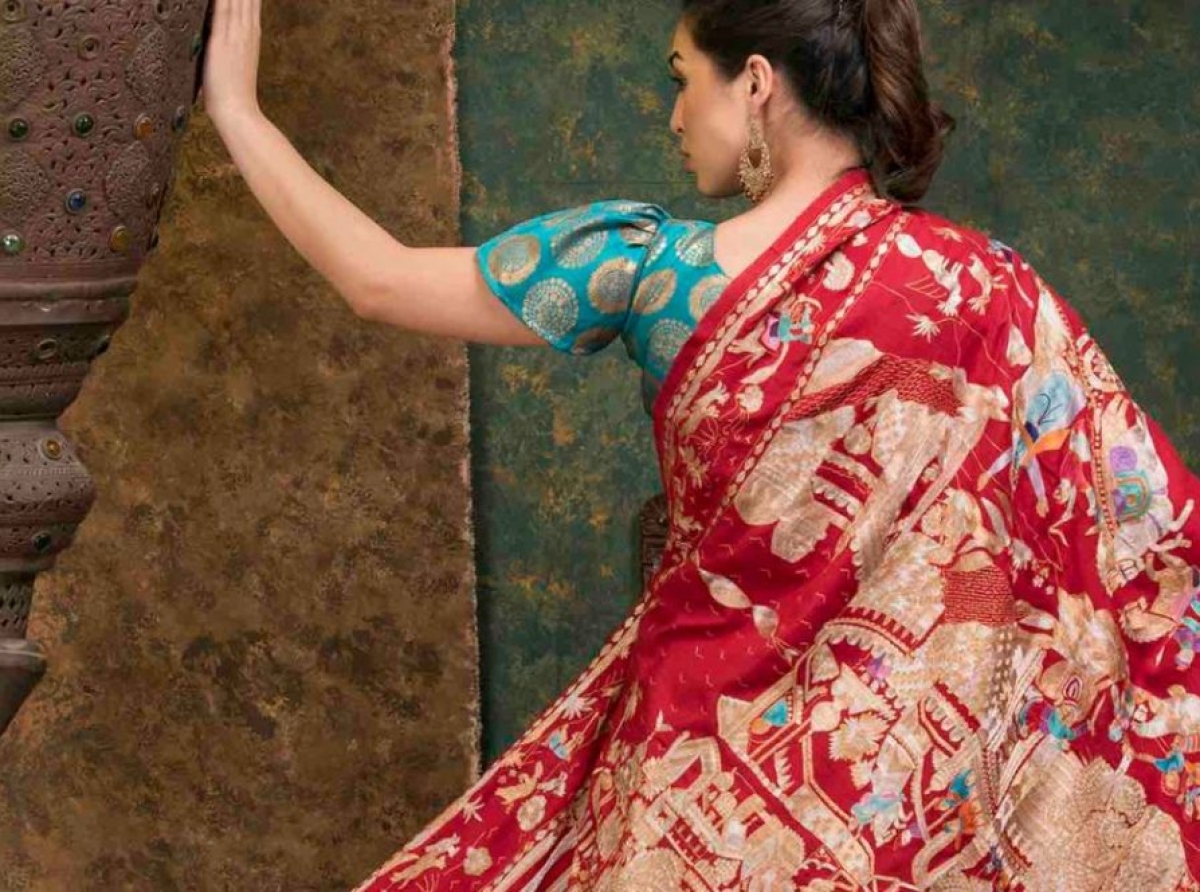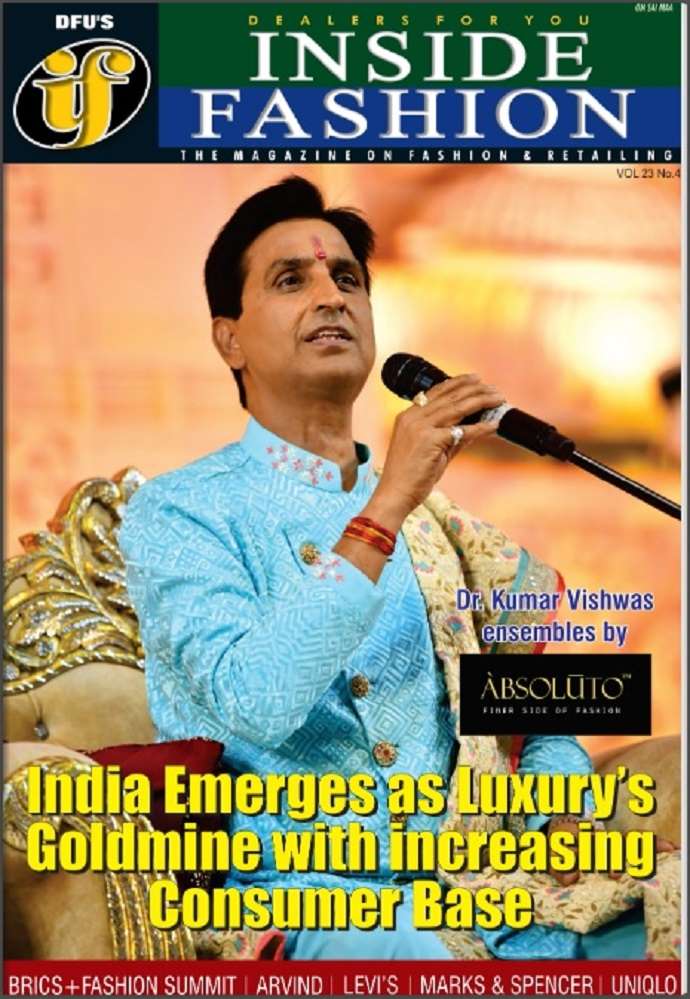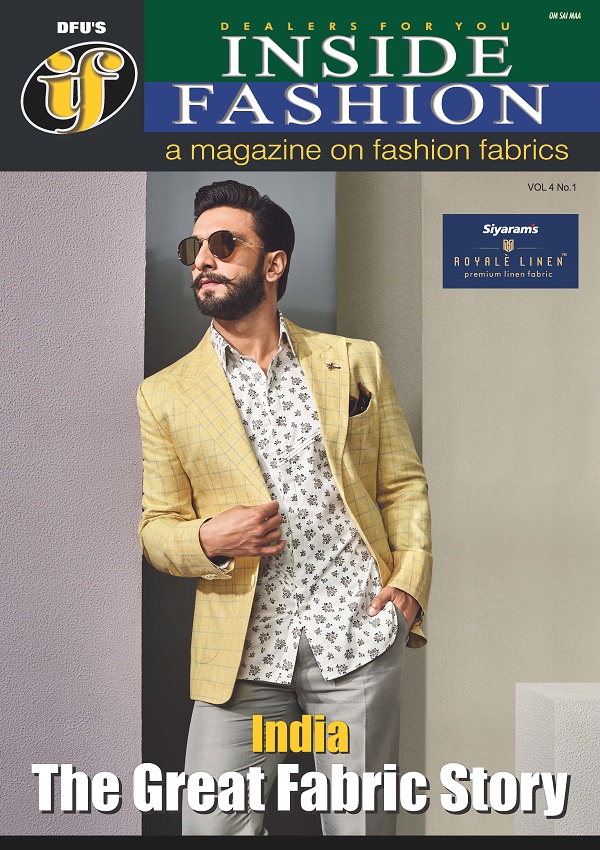The Golden Threads: India's enduring legacy in global luxury embroidery

For centuries, Indian artisans have woven tales of unparalleled beauty and intricacy. From the opulent courts of emperors to the bustling ateliers of today, the art of Indian embroidery has not only survived but thrived, adapting to new aesthetics while preserving its profound heritage.
Today, as the global luxury fashion industry grapples with questions of transparency and authenticity, ‘Made in India’ is emerging from the shadows, demanding recognition for its foundational role in crafting the world's most exquisite garments.
A heritage stitched in time
India's embroidery traditions are as diverse as its landscape. Techniques like zardozi, with its shimmering gold and silver threads, once adorned royal garments and ceremonial textiles, requiring immense skill and patience. Aari work, characterized by its fine chain stitches, creates delicate patterns, while chikankari from Lucknow is celebrated for its ethereal white-on-white elegance.
Each stitch, each motif, carries the weight of generations of knowledge, passed down through families and communities. This deep well of inherited skill is precisely what sets Indian embroidery apart, making it virtually impossible to replicate by machine. The subtle irregularities, the nuanced textures, and the sheer human artistry are the hallmarks of true luxury.
The invisible backbone of global luxury
For too long, this unparalleled craftsmanship has been the silent engine behind many celebrated European luxury brands. While labels proudly proclaim ‘Made in France’ or ‘Made in Italy’ the painstaking, hours-long process of hand-embroidery—the very essence of many haute couture and ready-to-wear collections—is often meticulously executed in India. This dynamic has created a complex web of perception versus reality, where the perceived prestige of a European origin often overshadows the actual labor and artistry of Indian artisans.
The reasons for this outsourcing are multifaceted. Indian craftsmanship offers a unique blend of skill, capacity, and often, competitive pricing, allowing luxury brands to scale production while maintaining exquisite detail. However, the subsequent silence surrounding this collaboration has led to a significant disconnect, where the hands that truly bring the designs to life remain largely uncredited. This calculated omission has led many to question the integrity of such labeling practices.
Challenging the narrative
The growing demand for ethical sourcing and supply chain transparency is finally pushing brands to re-evaluate their communication strategies. Voices from within the industry are highlighting the need to celebrate, rather than conceal, India's contribution.
One such voice is Linda Wald, founder of Continuum Buying Agency and later the brand Scarlett Poppies. Having spent over two decades on the ground in India, working closely with artisans, Wald witnessed first-hand the immense skill and dedication that went into creating luxury garments. When she launched Scarlett Poppies, her mission was clear: to build a brand where ‘Made in India’ wasn't just a detail, but the very foundation.
Her brand proudly showcases the artistry of Indian embroidery, honoring the skilled hands that create her designs. "It's not just about what we produce—it’s about how we choose to communicate," Wald emphasizes, advocating for integrity in how products are presented to the world.
Other independent designers and conscious consumers are also joining this movement, seeking out brands that are upfront about their manufacturing processes and actively support artisan communities. This shift signifies a deeper appreciation for the human element in luxury – recognizing that true value lies not just in the brand name but in the skill, heritage, and stories of the people who craft these masterpieces.
Beyond the label, defining true luxury
The conversation around Made in India embroidery is more than just about the country of origin; it's about redefining what luxury truly means. It's about recognizing that authentic luxury is not mass-produced in sterile factories but hand-crafted with legacy and technique. It's about acknowledging that "Made in India" signifies centuries of mastery, calloused hands, and sharp eyes that can create embroidery so intricate it defies replication.
As the industry moves towards a more equitable and transparent future the golden threads of Indian embroidery are finally taking centerstage. The narrative is shifting, allowing the true creators to be celebrated, ensuring that their artistry is no longer a hidden secret, but a proud declaration of excellence. Made in India is no longer a footnote; it is, unequivocally, the backbone of global luxury embroidery.
Latest Publications

































